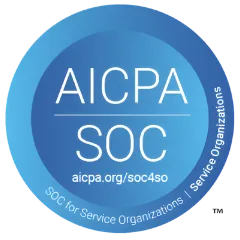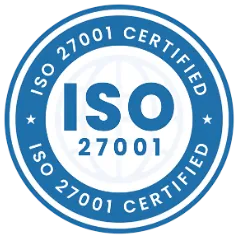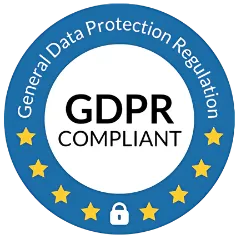Asset management is the need for all small, medium, and big-sized businesses and especially when an organization is equipped with a lot of assets. All industries such as IT (Information Technology), Manufacturing, Healthcare, construction have heavy equipment & they need maintenance on a regular interval.
But the question is which asset management software is better? Thus, in this blog, we will do a comparison of on-premise vs cloud-based asset management! So, let us begin
What Is Asset Management?
Asset management is a systematic approach to managing assets in the right way. With proper asset management, asset life can be increased. It is the process of managing monitoring and maintaining assets cost-effectively. Asset management is also helpful in identifying and managing risk efficiently.
What Is Cloud-Based Asset Management?
Cloud-based asset management allows you to monitor & track assets remotely. There are several advantages as well, of cloud-based asset management such as:
- Security
- Data centralization
- Cost-effective
- Accuracy
- Real-time data access
Cloud-based asset management comes in handy while travelling because now the smartphone is used by everybody. Managers can update information on the go with their mobile!
What Is On-Premise Asset Management?
On-premise means software, hardware, and servers everything inside the physical premises of the organization. In On-premises asset management, the organization has to look out for data security. In simple words, security is the responsibility of the organization.
Also Read: Key Features to Look While Choosing Asset Management Software
Major Difference Between On-Premise Vs Cloud-Based Asset Management

1. Security
In cloud-based asset management security is not the responsibility of the organization whereas, in on-premise asset management security is the responsibility of the organization itself.
2. Customization
In cloud-based technology customize is simple whereas on-premises can be difficult.
3. Updates
When software is updated cloud-based technology does not give any control to the organization specifically. Thus, to access it correctly organization, have to update, organizations have no choice. On the other hand, on-premises have the completed control on updates.
4. Ownership
In cloud-based asset management, you are paying for renting space for holding data of software in severs & on-premises asset management organizations own the server and the data.
5. Audit
The cloud-based asset audit is more effective when an organization multiple branches whereas it will be difficult for on-premises audit in multiple branches
6. Connectivity
Cloud-based asset management can be managed from anywhere in the device that has an internet connection. On-premises have servers within the company & after working hours it might be difficult to access data.
7. Affordability
All organizations including small size organizations can afford cloud-based asset management but only big-size organizations can afford on-premise asset management software.
For Whom Cloud-Based Asset Management Can Be Helpful?
Cloud-based asset management can be helpful to mid-sized organizations and project-based organizations. For example, small ventures are dynamic; they develop at a quicker rate contrasted with huge ventures which implies how you manage your assets can change within one year or two years.
For project-based organizations, asset workflow is administered by the kind of projects they have in hand. Similarly, for products & item-based organizations, operational and daily activities are changes. Moreover, it impacts the asset work order process revisions.
What Are the Advantages & Disadvantages of On-Premise Asset Management Software?

The advantages of on-premise asset management software are as follow:
- Security & control - Organizations have complete control over software and security (itself is an advantage or disadvantage) depends on the team. If the team is skilled and experienced then security will not be an issue.
- No unnecessary updates - On-premises allows you to determine either work on the current system or updated version. You purchase a license to use a software application in the current version so an organization can decide either to use the current software version or the updated version.
- Access software without internet - With on-premise systems, you do not have to depend on the internet to access system software.
- Compliance ensured - When software is hosted in-house then the organization ensures that they are meeting compliance standards.
The disadvantages of on-premise asset management software are as follow:
- Needs a high skilled team - Setting up the dedicated server is not a simple task. It needs highly skilled, experienced employees who can handle pressure as well. They need to take care of security, data backup & testing. Otherwise, it might turn out to a complete halt of work.
- Expensive and lengthy procedure - This is a long procedure where a dedicated team is required and expensive hardware (gadgets and equipment) is also required. Overall, it can be a lengthy and costly process.
- Require extra IT support - When you need on-premise, you need extra support to make sure that the server works fine.
- Risk of data loss - Data is crucial for an organization; it can hurt business badly if data loss occurs. With on-premises, data can be lost forever if any malfunction or accident happens.
Conclusion
If your organization has the budget and skilled employees then you can keep on-premise but again it takes a lot of budgets plus there will be maintenance expenses also. Cloud-based asset management subscriptions can be taken on a monthly, quarterly, or yearly basis. It is very cost-effective and you will have to hire fewer employees compared to on-premises.
Asset management software cloud-based vs on-premise! Which one is better? It depends on the decision maker's requirement. However, most organizations prefer cloud-based asset management software since it is cost-effective, less maintenance expense, and less responsible.
Furthermore, organizations can focus on other things rather than focusing on servers. On-premise needs a dedicated team for maintaining servers, high investment, license, and other things are also that need to be taken care of properly.
Also Read: How Chemical Plant Gets Benefits from Asset Management?
Frequently Asked Questions (FAQs)
1. What is the exact meaning of on-premise software?
In simple words, organizations have complete ownership of data and servers. This from implementation to system execution and server, everything is inside the premises of the organization. The organization has complete control over the software. The maintenance, safety, and update everything is the responsibility of the organization.
2. For which type of organizations on-premises software is helpful?
On-premises software is helpful for those organizations which need system customization, such as security or integrations. If an organization has critical data then it falls under compliance restrictions. If an organization owns infrastructure for hosting & has a well-established and experienced IT firm. For these types of associations, on-premises software can be helpful.
3. Is cloud technology data safer than on-premise?
Data safety is a big concern for every organization. However, cloud technology is safer than on the premises. According to the Continuity Central,
“The results from research which shows that 61 percent of security professionals believe that the risk of a security breach is the same or lower in cloud environments compared to on-premise.”

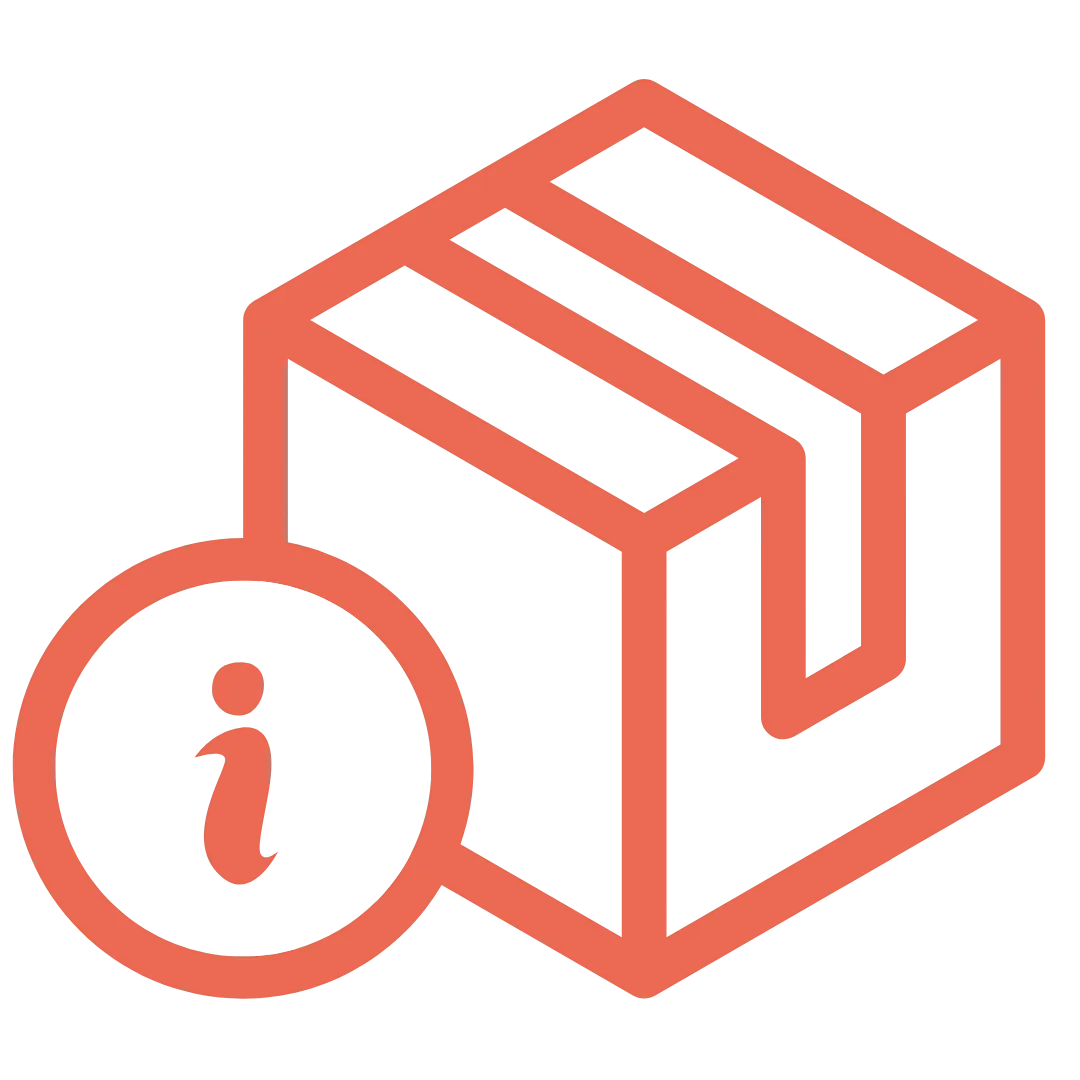
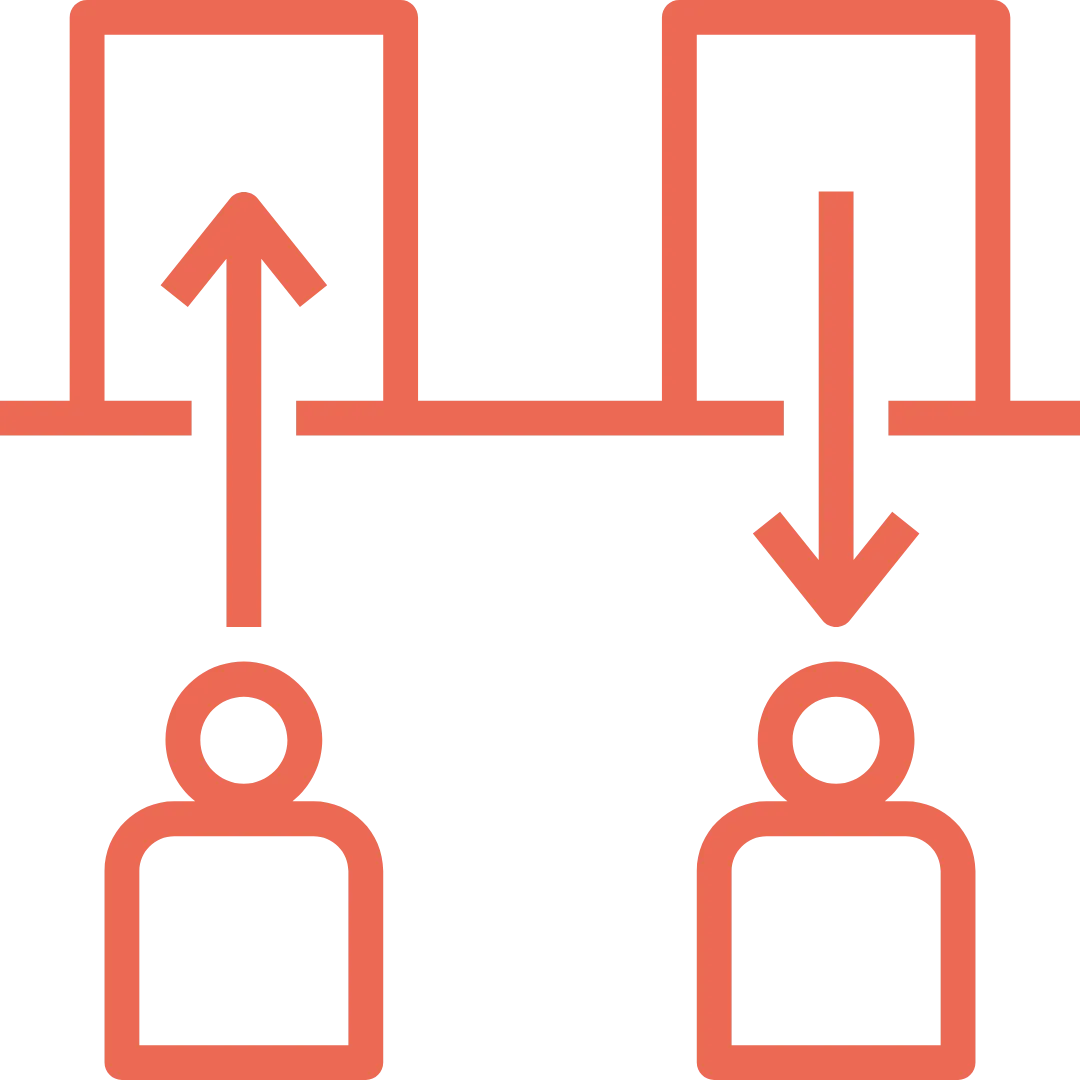









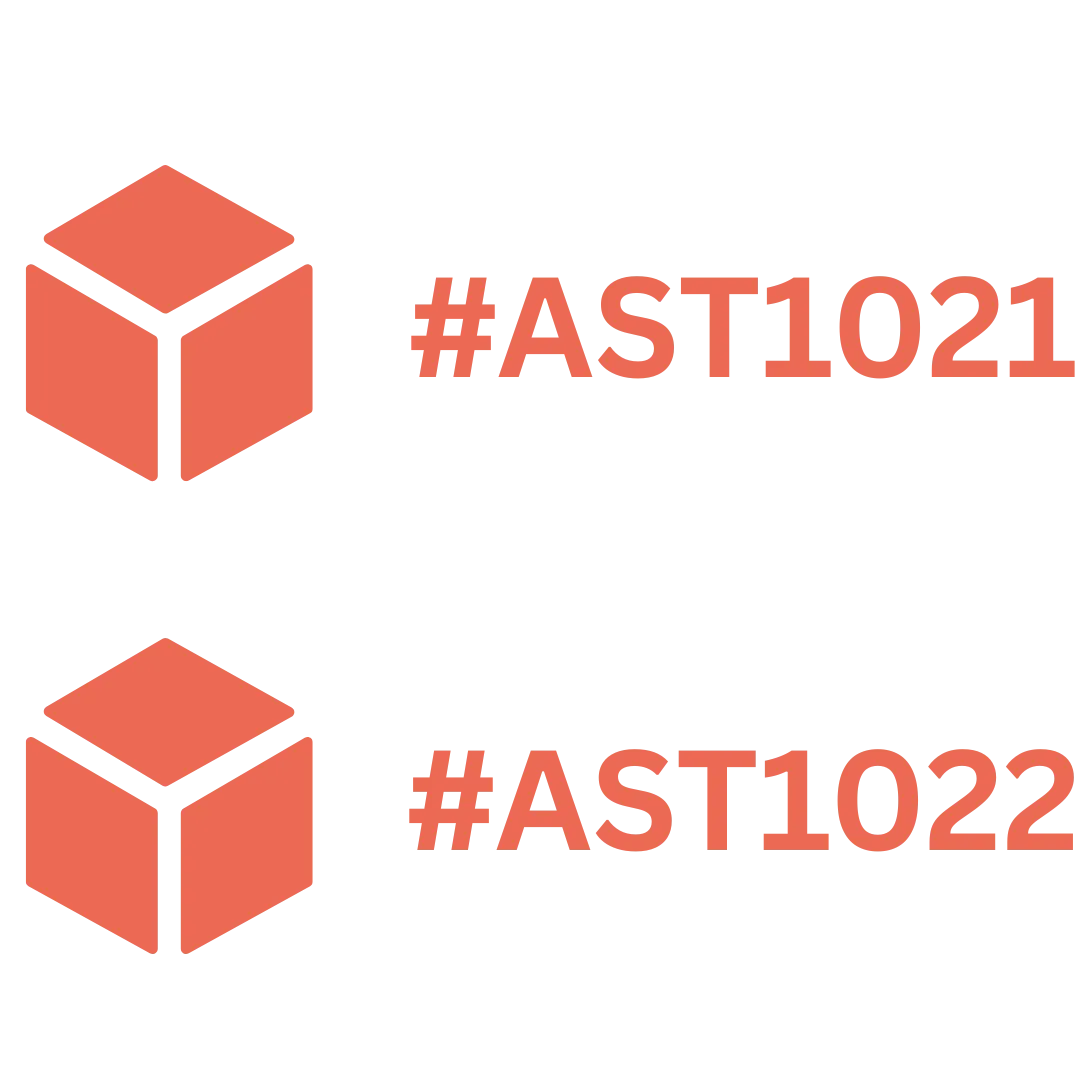
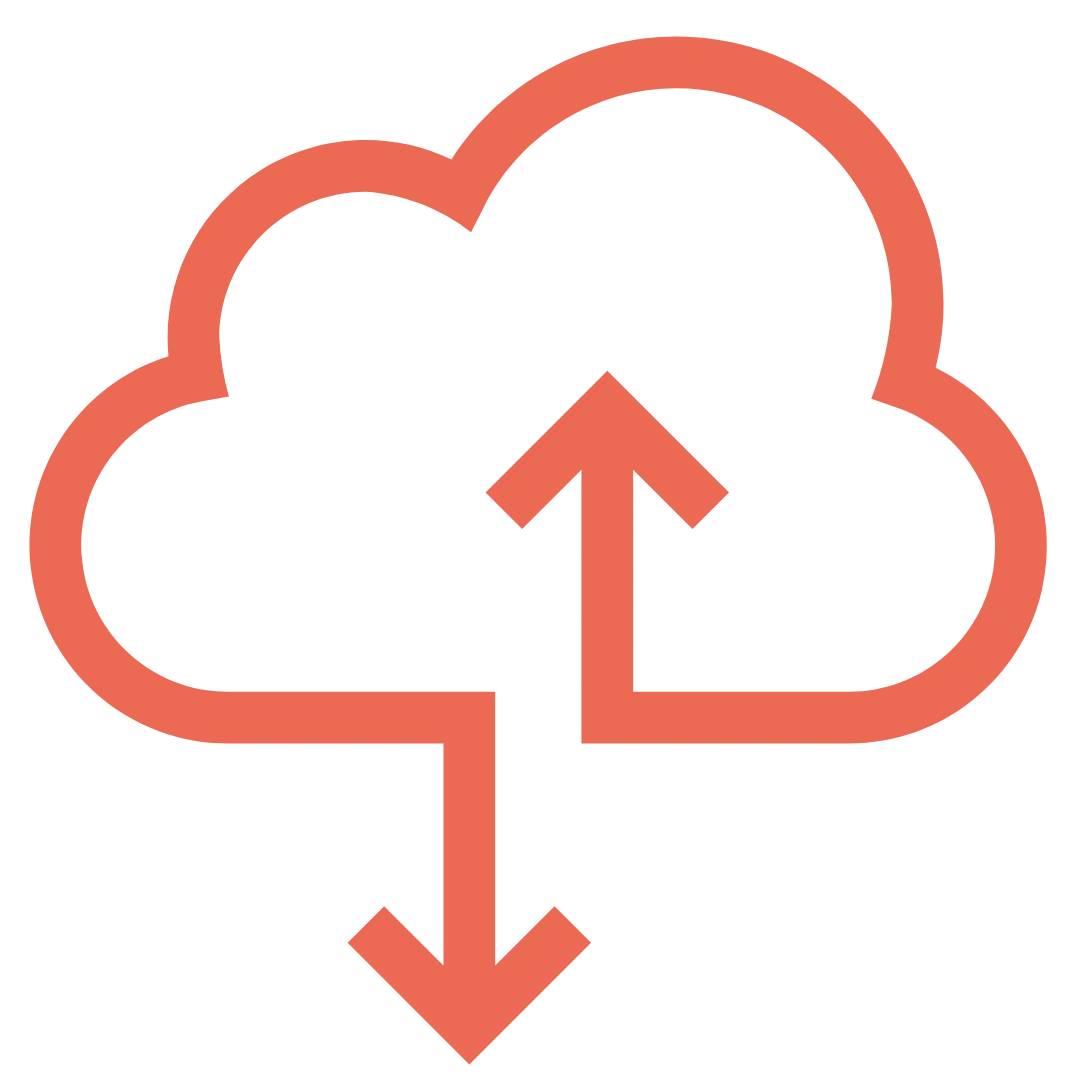




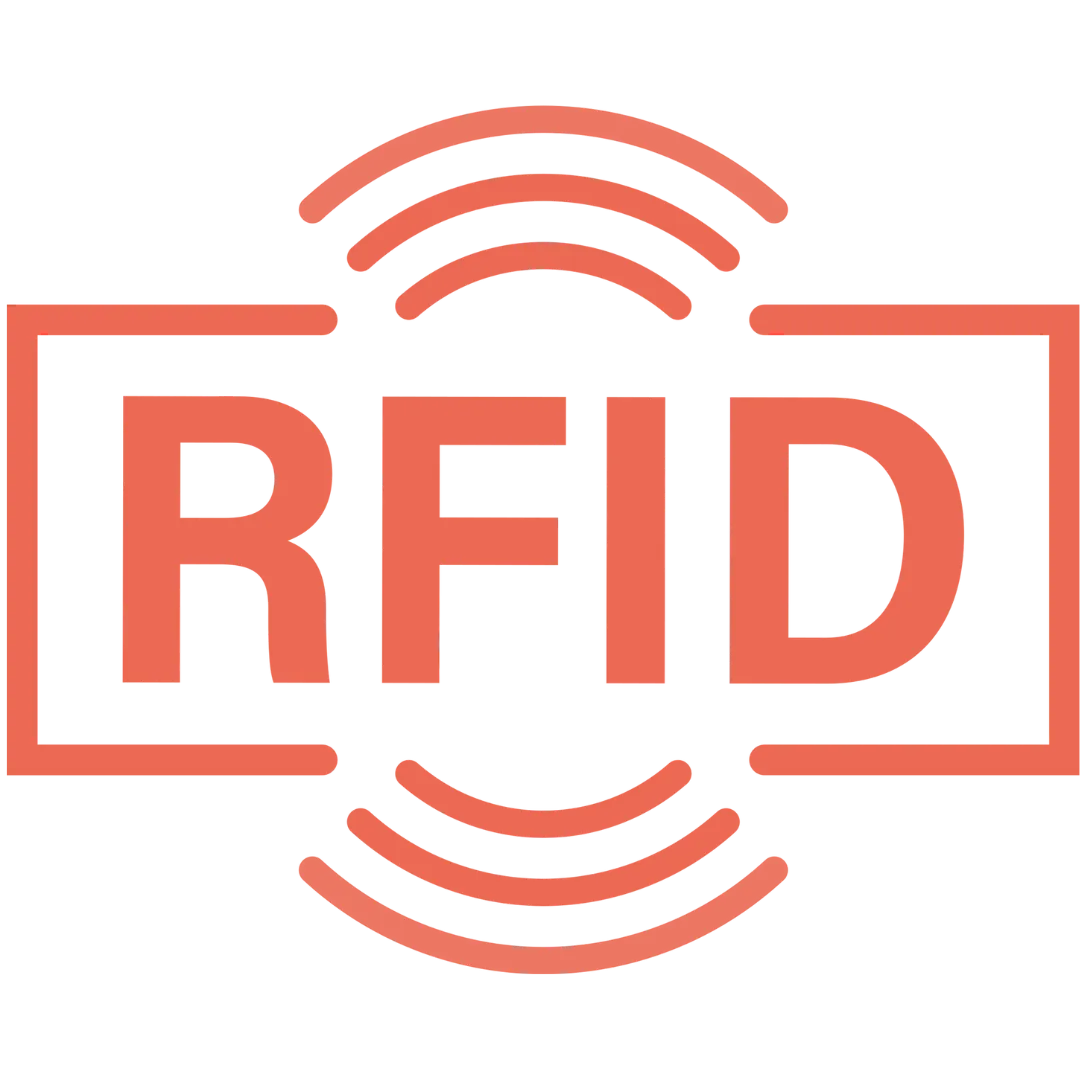

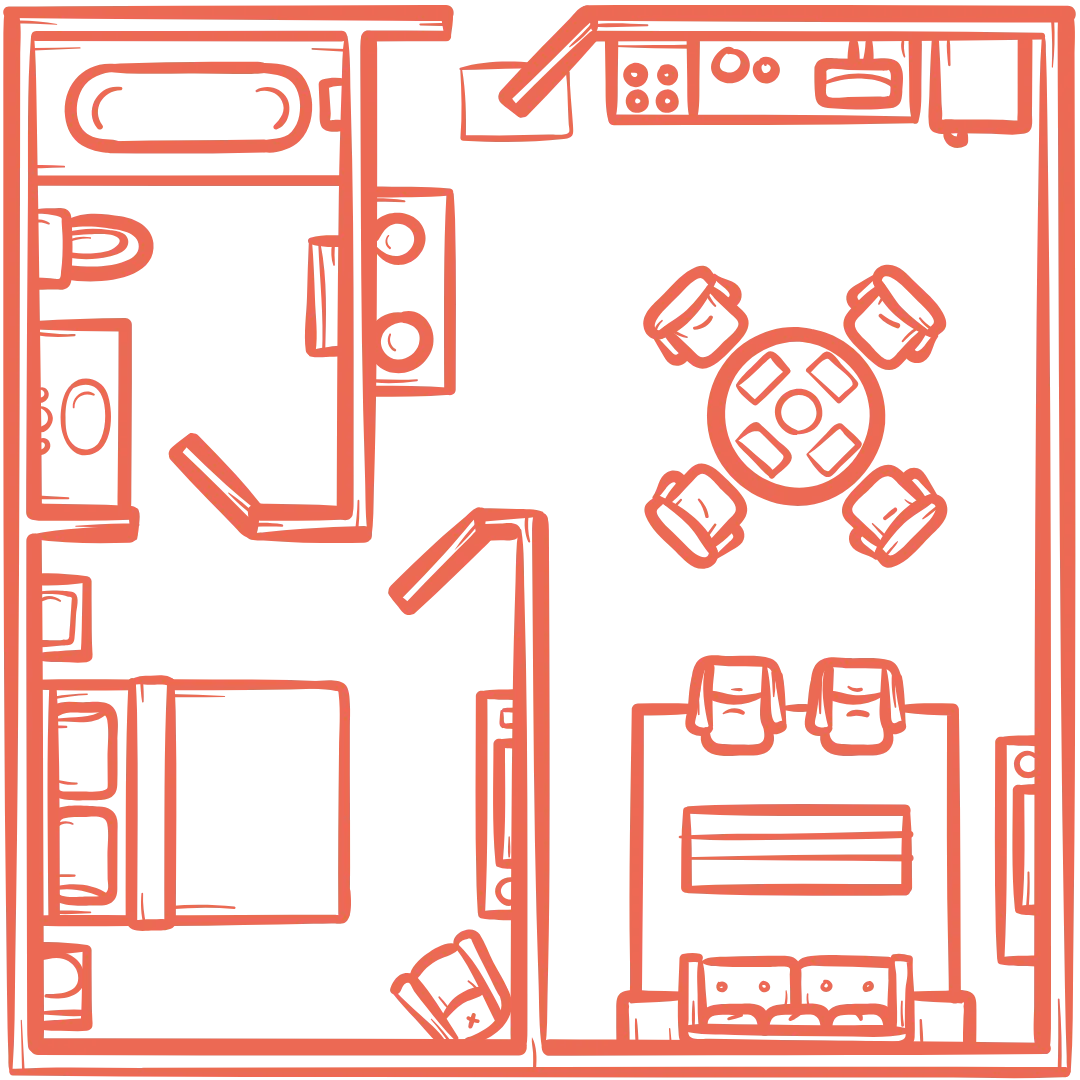




























.webp)
.webp)
.webp)
.webp)
.webp)
.webp)
.webp)
.webp)
.webp)

.svg)




.webp)
.webp)














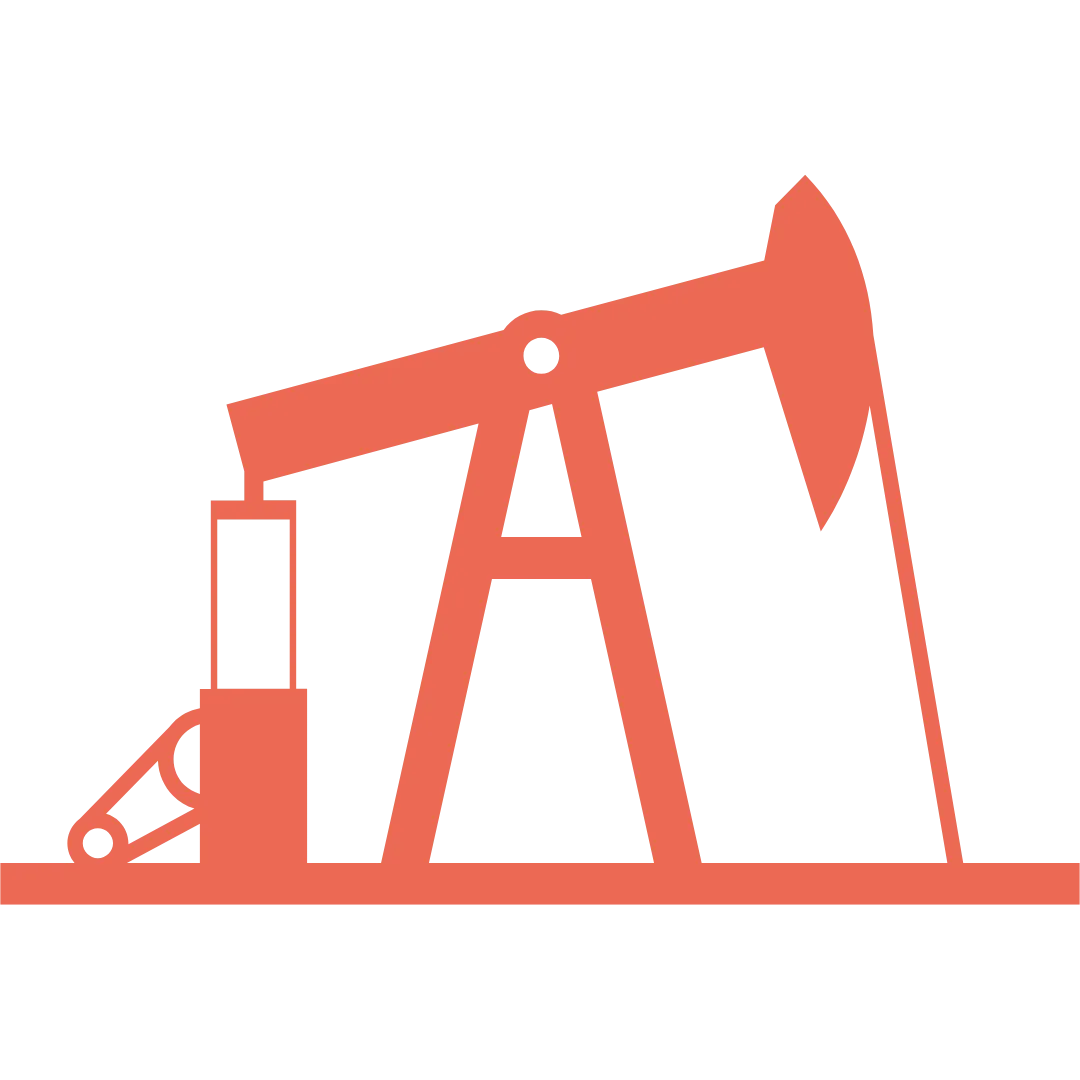
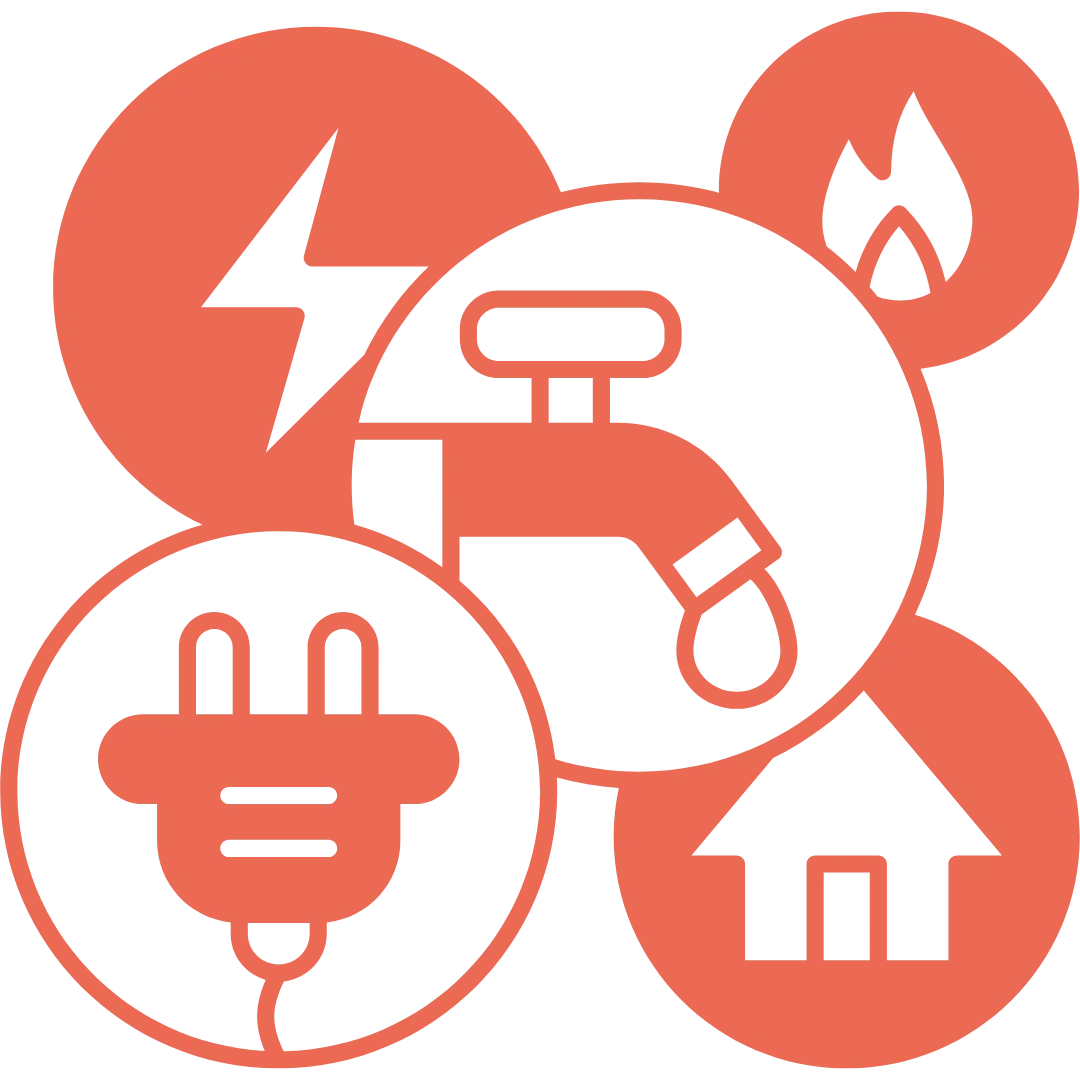




















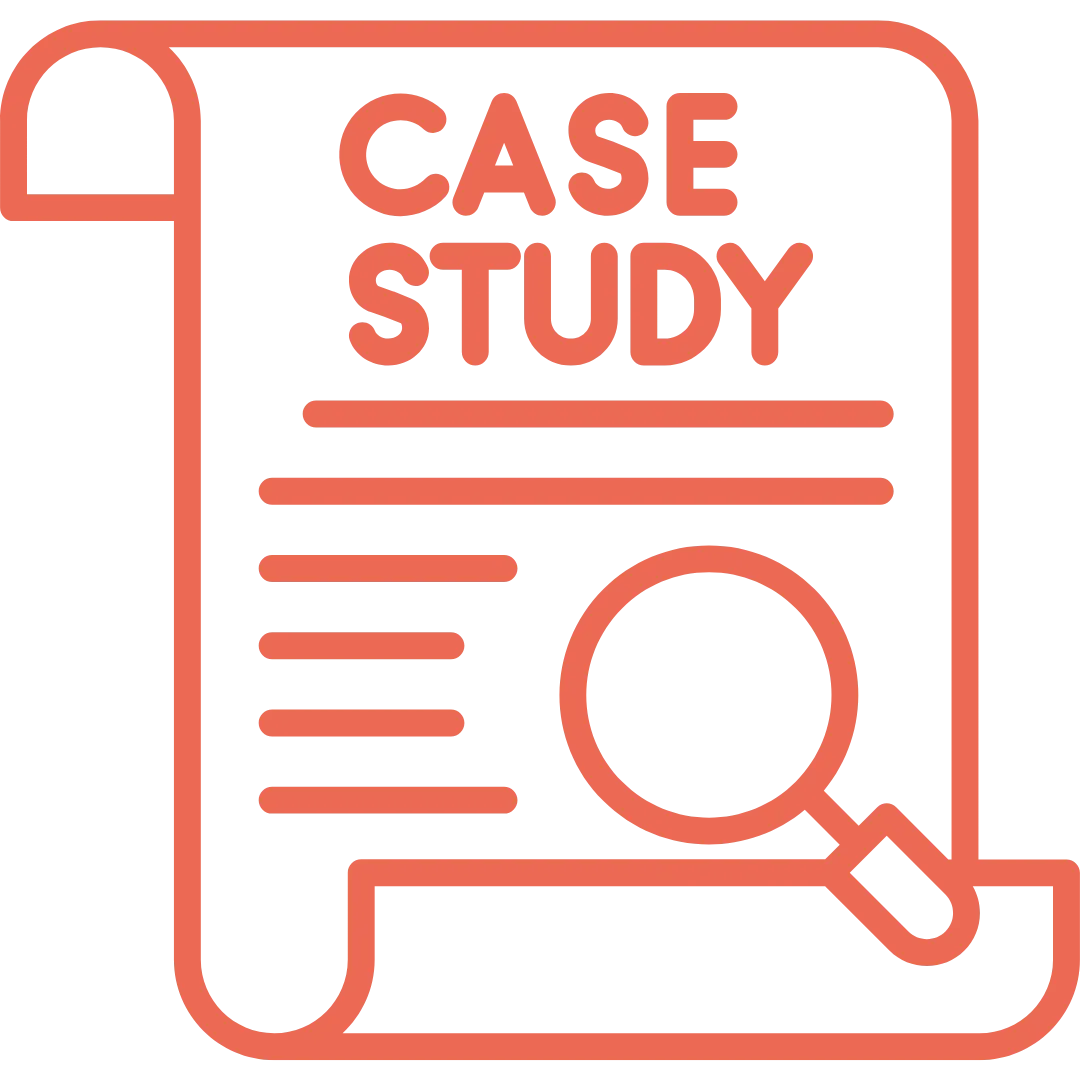






.png)



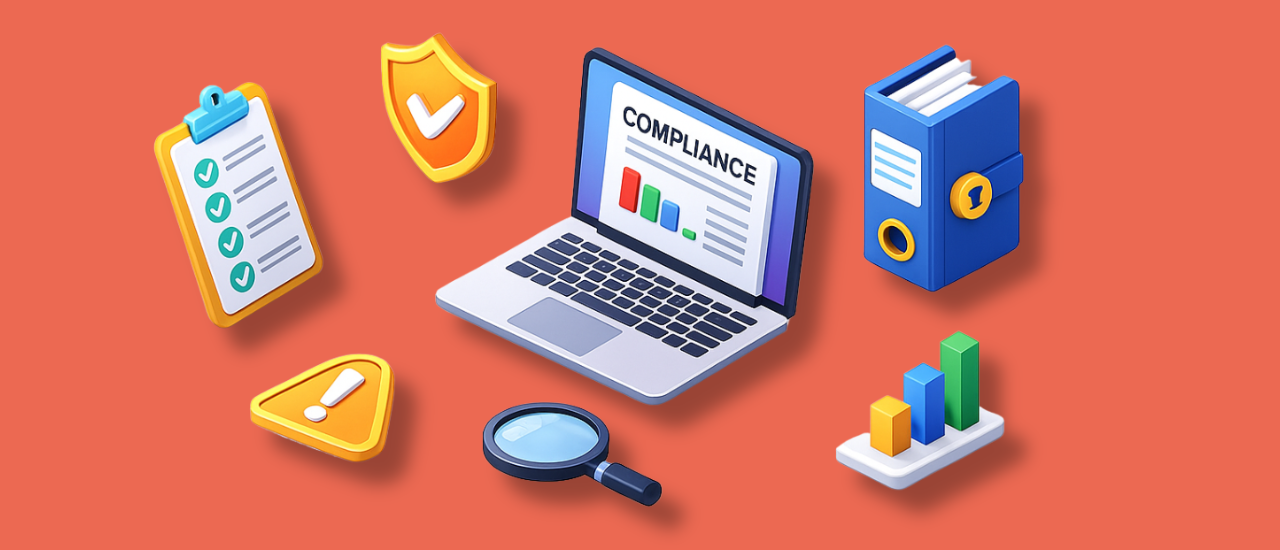
.webp)

















